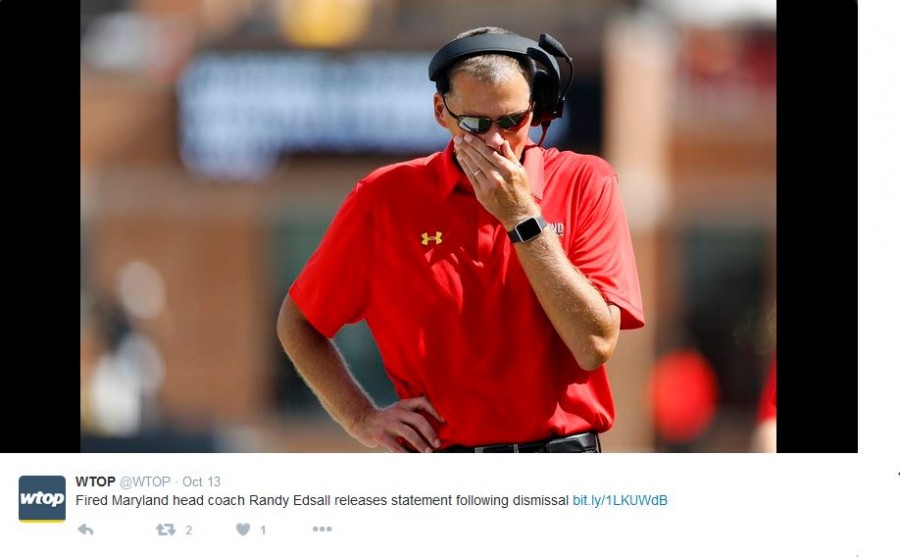Big Ten: big money and big trouble
November 4, 2015
In 2012, Rutgers and Maryland accepted invitations to join the Big Ten. The addition of the two schools was widely criticized by everyone except current Big Ten Commissioner Jim Delaney.
Rutgers would go on to become co-champion of their former conference, the Big East, that year. Maryland, just two years before, finished second in the ACC Atlantic. Things were looking up for the two football teams.
So why did each school accept an invitation from the Big Ten?
Rutgers and Maryland obviously didn’t move to their new conference to contest powerhouses such as Ohio State or Michigan State for the title spot; as of Oct. 31, 2015, the two are a combined 1-8 in conference play this season, making them 8-17 in about one and a half years in the conference.
The reason they did move is for the money, specifically from TV rights. According to a 2014 Forbes article, the Big Ten leads all power conferences in revenue, earning $26.5 million per school. Both schools were in desperate need of cash; Maryland cut seven sports just months before accepting the Big Ten’s invitation due to a sizable deficit, and Rutgers spent with no limits, expending $26.8 million more than it generated in revenue in 2011.
In fact, Delany actively pursued the two money-hungry schools to open up the Big Ten’s market. Additions of teams further east would open up both TV markets and recruitment markets, meaning huge profits for his conference and TV network, BTN.
However, what has been a great move financially has cost the Big Ten a lot of fans and respect, mostly from hardcore traditionalists who believe adding another team not meeting the standards of Wisconsin or Penn State (let alone Ohio State or Michigan State) is unacceptable.
Unfortunately for Big Ten fans, Rutgers and Maryland have done nothing positive for the conference, bringing only controversy and turmoil.
Also, both teams have had trouble with their coaches. Rutgers’ coach, Kyle Flood, was recently suspended for three games for his role in helping a player avoid academic ineligibility. Interim coach Norries Wilson didn’t do a great job filling in, as evident by this moment. Maryland, deciding to top Rutgers, fired their coach Randy Edsall amid a horrible start to the season and his career at the school.
Each school had so much history and tradition where they resided, and yet they left it all behind. Rutgers played the first ever intercollegiate football game, earning itself the nickname “The Birthplace of College Football.” One of the most memorable moments in Maryland football history was in 1964, when linebacker Jerry Fishman sacked Heisman QB Roger Staubach and then threw up a middle finger to the crowd as payback for last year’s game, when Navy roughed up its former player and the first ever black player in the ACC, Darryl Hill. The incident caused the heated rivalry to be suspended for 40 years.
Let’s face it. The realignment of the Big Ten was a joke, and changes need to be made to correct the situation. Maryland and Rutgers should be kicked out as they serve no purpose other than to make money for top executives and themselves.
